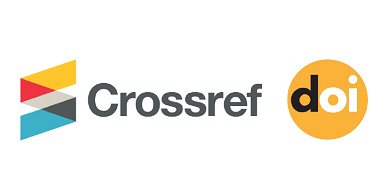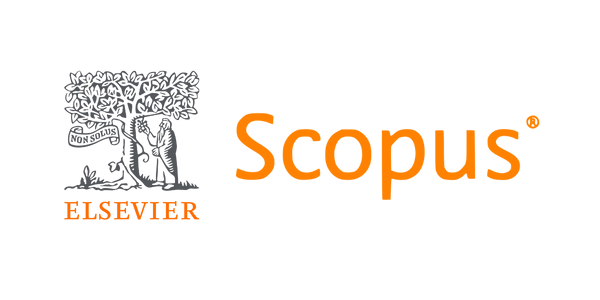Skin Lightening Practices and Patterns Among Urban Residents in Makurdi, Nigeria: A cross-sectional Study
DOI:
https://doi.org/10.61386/imj.v18i3.699Keywords:
Skin lightening, skin lightening agent, corticosteroids, hydroquinone, kojic acidAbstract
Background: Skin lightening practice which involves use of various cosmetic products to lighten the skin raises significant health concerns, as some products may contain harmful chemicals.
Objective: To describe the pattern of skin lightening practices among urban residents in Makurdi, Nigeria.
Methods: The study was a descriptive cross-sectional study of 399 participants selected by random sampling. A self-administered pretested questionnaire was used. The data was analyzed using Statistical Package for the Social Sciences version 25 and presented as frequencies and proportions.
Results: The participants mean age was 31.76 ± 11.77 years and females were 235(58.9%). About half, 200(50.1%) had secondary education and 202(50.6%) were married. Self-reported practice of use of SLA was 49.9%. Cream was commonest and home-made mixtures of edible and non-edible substances such as honey, lime, tooth paste, hydraulic car fluid were also used. Of the 329 creams used, 197(59.9%) contained one or more SLA, while 121(32.1%) of 377 soaps contained SLA. The top five SLA in creams were vitamin C (25.3%), hydroquinone (21.3%), Kojic acid (15.9%) and corticosteroids (7.3%). The five commonest skin lightening ingredients identified in the soaps were titanium oxide (56.6%), salicylic acid (9.2%), vitamin C (9.2%), mercury (7.5%), lactic acid (2.0%) and licorice extract (1.3%). Eighty-five (42.7%) had used SLA for 13 - 36 months, applying twice a day 172(86.4%) and all over the body 175(87.9%). Majority used different types of SLA serially 80(40.2%).
Conclusion: Policymakers should regulate skin products and healthcare providers should make sustained effort at educating the public against this harmful practice.
Downloads
Published
License
Copyright (c) 2025 Akwaras NA, De-kaa LN, Aondona DD, Rimamnunra GN, Swende LT, Ornguga BO

This work is licensed under a Creative Commons Attribution 4.0 International License.









